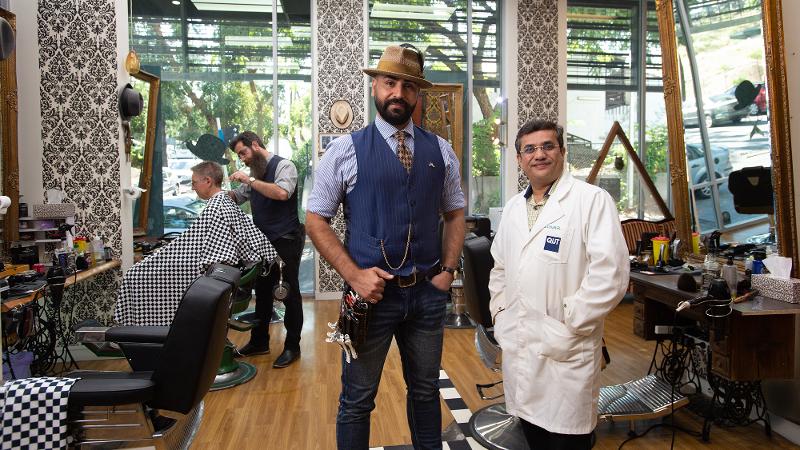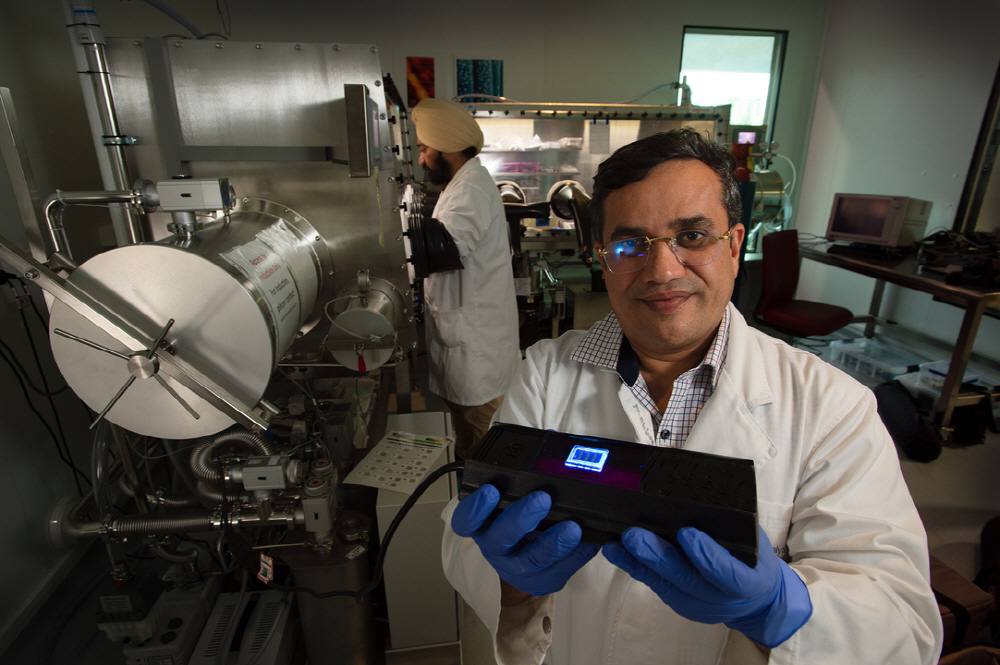
OLED is a display that emits light when electricity is passed. Organic compounds such as fluorescence, phosphorescence, and polymer materials are used as materials. However, research is being conducted to make it into a material derived from human imitation among waste materials.
A research team at the University of Queensland, Australia, is trying to develop an OLED display with flexibility that may someday be adopted in smart devices in cooperation with a precarious barber shop in Brisbane. The research team collects the remaining hair after haircut and burns it at a high temperature of 240 degrees to produce carbon-based nanomaterials from the remaining carbon and nitrogen. This material is said to have stable fluorescence performance and low toxicity.

The research team revealed that this hair nanomaterial is dark for TV, but can be used as long as a small wearable device. It can also be used in low toxicity medical devices For example, it can be applied to a smart package that displays the duration of use of drugs in real time. In the future, it is said that there will be research on using animal hair. Related information can be found here .


















Add comment